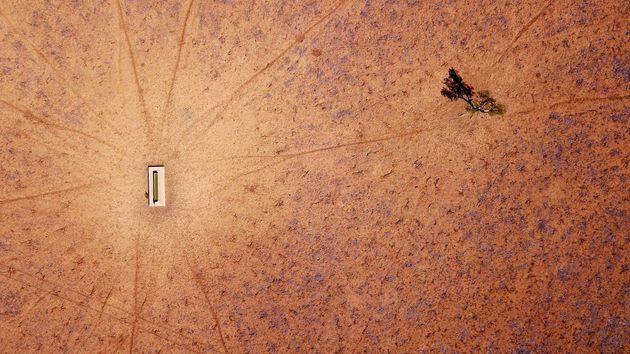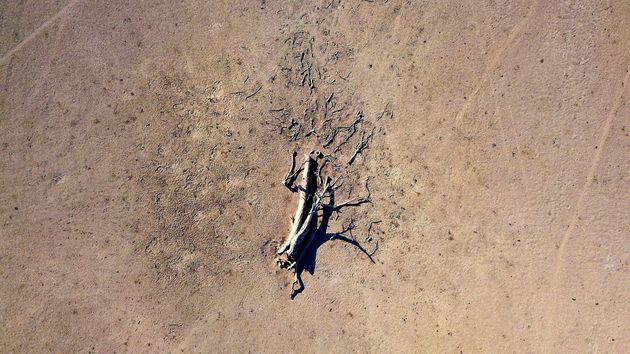
Australia’s most populous state, New South Wales (NSW), is now entirely in drought, officials announced on Wednesday.
One of the worst droughts in living memory is sweeping parts of eastern Australia, leaving farmers struggling to cope and questioning their futures.
Record-low levels of rainfall in some regions and successive seasons of above-average temperatures have blighted vast tracts of Australia’s grazing and crop land.
NSW produces about a quarter of the country’s agricultural output and the drought has led to state and federal governments providing £330m in emergency relief funding.
The area was officially listed as “100 percent in drought” on Wednesday, having been at 99 percent on Monday. Some 23 percent of NSW is classified as being in “intense drought”, with the remainder in drought or drought-affected.
More than half of Queensland has also dried out and parts of Victoria and South Australia are battling similar conditions.

“There isn’t a person in the state that isn’t hoping to see some rain for our farmers and regional communities,” said NSW Minister for Primary Industries Niall Blair.
His comments came after Prime Minister Malcolm Turnbull on Sunday warned that the country had become a “land of drought”.
While devastating, the drought isn’t the worst Australia has experienced. The so-called millennium drought of 1997-2005 is often cited as the worst and impacted nearly 50 percent of the country’s agricultural land.
Australia’s dry spell comes as the UK has experienced the driest start to summer in 57 years, with a heatwave lasting several months.
Farmers have warned crops are being hit and livestock are having to be fed with feed that should be held for winter, as grasslands are parched.
Last week the National Farmers’ Union warned Environment Secretary Michael Gove of an “unprecedented” impact on food production and “tinderbox” conditions.
The dry spell was most prolonged in East Anglia and south east England in July, where some places including Heathrow and High Wycombe experienced 58 “dry days” in a row. The Met Office defines a “dry day” as one with less than 1.0mm of recorded rainfall.
Broom’s Barn, near Bury St Edmunds, endured 51 days of no rain whatsoever – the longest this summer.
UK forecasters on Tuesday issued yellow weather warnings as thunderstorms are expected to hit the east and south eastern parts of England, bringing with it a risk of power shortages and localised flooding.